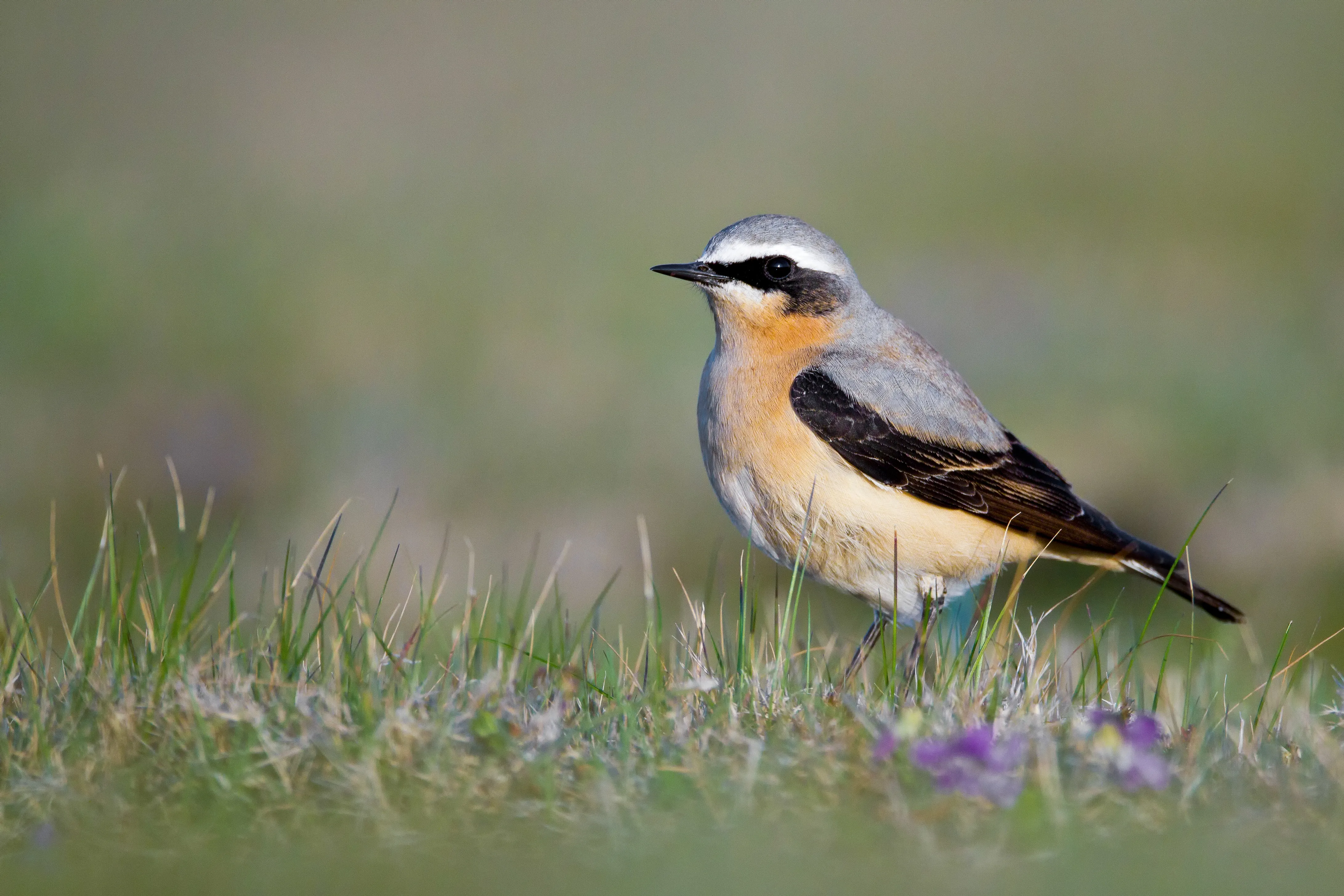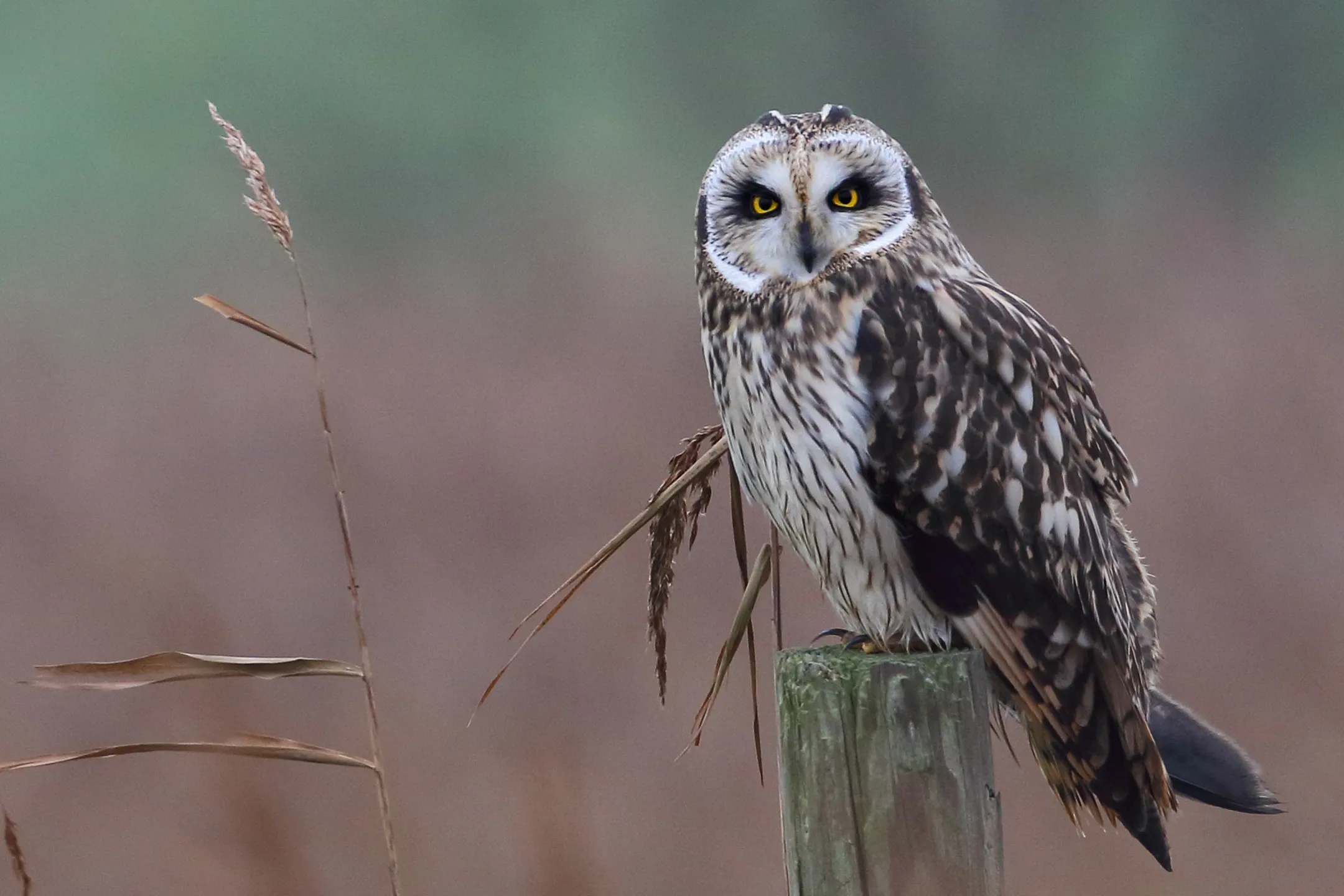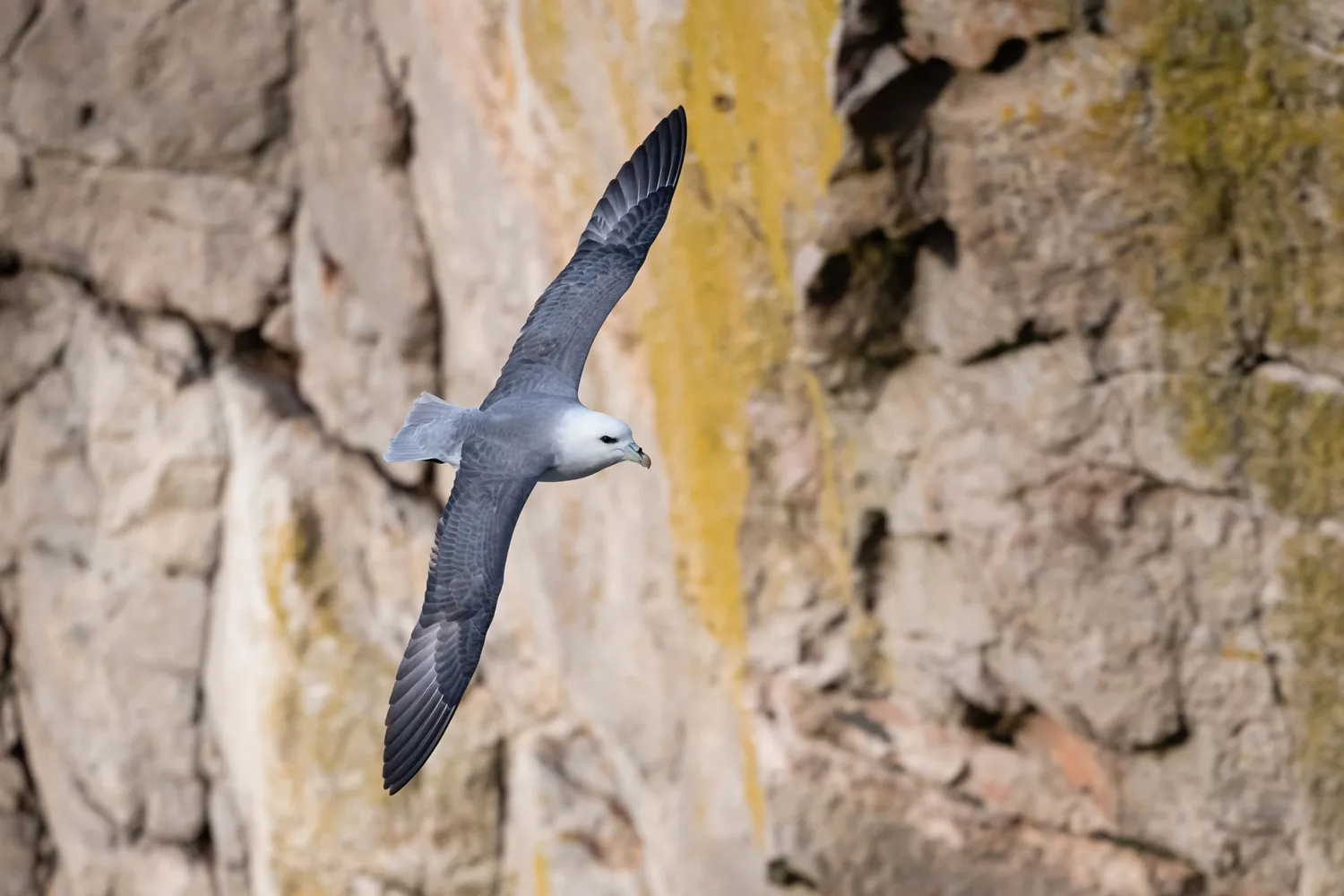Featured news
Use of dwarf shrubland–grassland mosaics by a nomadic predatory bird, the Short-eared Owl Asio flammeus
Our latest Short-eared Owl research helps us understand their habitat requirements and inform conservation.

Press release
Major new report reveals changing fortunes for Scotland’s breeding birds

Published today, the latest BTO/JNCC/RSPB Breeding Bird Survey (B ...
Press release
Breeding Bird Survey celebrates 30 years of citizen science in Scotland

Published today, the latest BTO/JNCC/RSPB Breeding Bird Survey (B ...
Press release
Seabird tracking sheds new light on migration

Revealing new research has shown how an endangered seabird is con ...
Press release
Travel far, breed hard, die young! The surprising lifestyle choices of Short-eared Owls

'Travel far, breed hard, die young' – while this might sound like ...
Press release
Declining seabirds on a cliff edge

Globally important seabird colonies have suffered catastrophic im ...
Blog
Arctic Skua migration: stories from the field

Helen and David Aiton take us through their fieldwork seasons for ...
Press release
Scottish Ornithologists’ Club recognised with prestigious award

The Marsh Award for Local Ornithology has been awarded to the Sco ...
Press release
Marsh Award for Local Ornithology

The Marsh Local Ornithology Award was presented to Dr Jim Cassels ...
